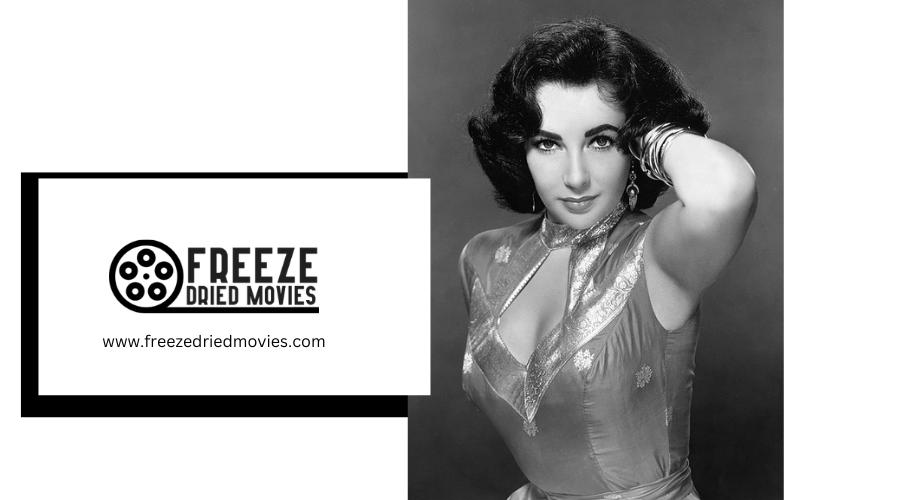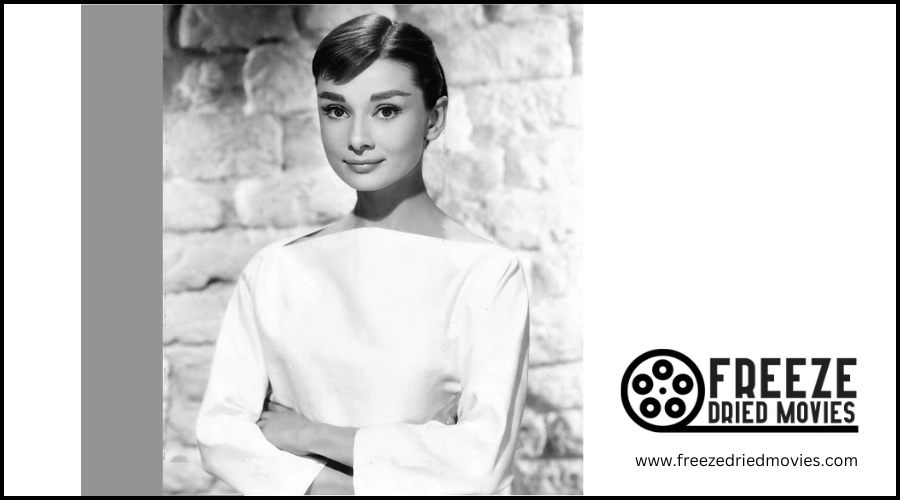Leading Actresses of the 1950s Movie Era: Icons of the Silver Screen
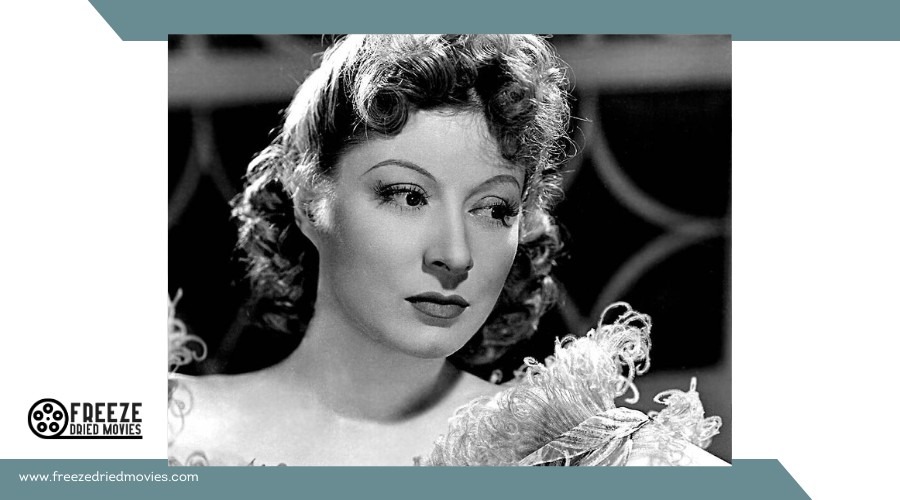
The 1950s was a decade that marked a golden era in Hollywood, characterized by the rise of remarkable and talented actresses who became the faces of the film industry's most memorable productions. As the post-war era ushered in new optimism, the movie scene was dominated by strong, dynamic female leads who captured the hearts and imaginations of audiences worldwide. These leading ladies brought depth, elegance, and complexity to their roles, contributing to the unique and lasting legacy of the period's cinematic landscape.
Through their impactful performances, these iconic actresses not only garnered critical acclaim and numerous awards but also became influential figures beyond the silver screen. They were instrumental in defining the genres and trends of their time, from romantic comedies and sultry dramas to the advent of technicolor extravaganzas. Meanwhile, they also left a lasting mark on fashion and cultural norms, establishing themselves as style icons and symbols of the era.
The Rise of Leading Ladies
The 1950s marked a significant period in film history as talented actresses transitioned from the stage to the silver screen, and World War II's impact influenced film narratives and characters.
The Transition from Stage to Screen
During the Golden Age of Hollywood, many actresses saw the opportunity to enhance their careers by transitioning from theatrical performances to the burgeoning movie industry. This shift was driven by the allure of cinema and the potential for wider audience reach. Actresses such as Greer Garson, who was renowned for her theatrical presence, effortlessly moved to film, securing her status as one of the leading ladies of the 1940s and beyond.
Influence of World War II on Film
World War II had a profound effect on the film industry, shaping the narratives and roles that leading ladies would undertake. In the 1950s, following the war, there was a wave of film scripts focusing on strong, resilient female characters that mirrored the societal changes and contributions of women during the war. Actresses in the 1950s like Marilyn Monroe and Jayne Mansfield not only captivated audiences with their performances but also reflected the era's shifting ideals of femininity and empowerment.
Iconic Actresses of the 1950s
The 1950s film era witnessed the rise of actresses who not only possessed defining charisma and iconic looks but also left a lasting impact on Hollywood. These stars ranged from venerated Oscar winners to timeless beauties whose legacy transcended the silver screen.
Marilyn Monroe

Marilyn Monroe was a paradigm of the classic Hollywood actress, combining sex appeal with comedic talent. She starred in acclaimed 1950s films such as Some Like It Hot and The Seven Year Itch and her influence extended beyond her time as a Hollywood icon.
Grace Kelly
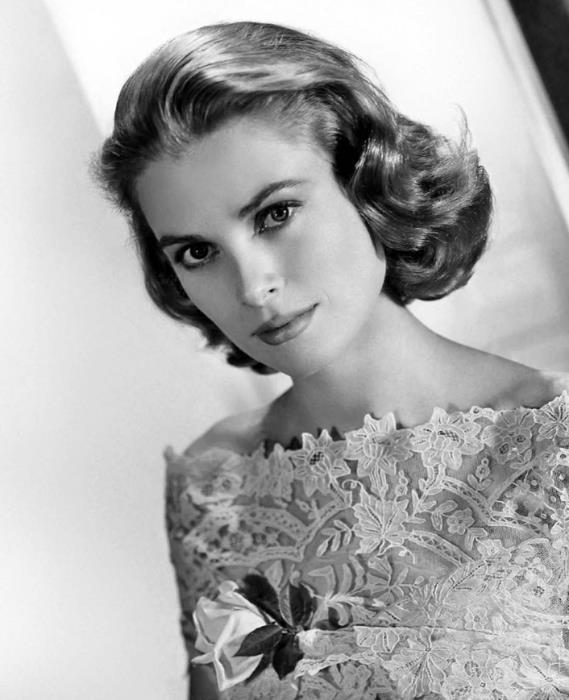
The epitome of grace and elegance, Grace Kelly's career was illustrious yet brief. At 26, she retired from acting to become the Princess of Monaco. Her noteworthy performances include Rear Window and winning an Academy Award for Best Actress for The Country Girl.
Elizabeth Taylor
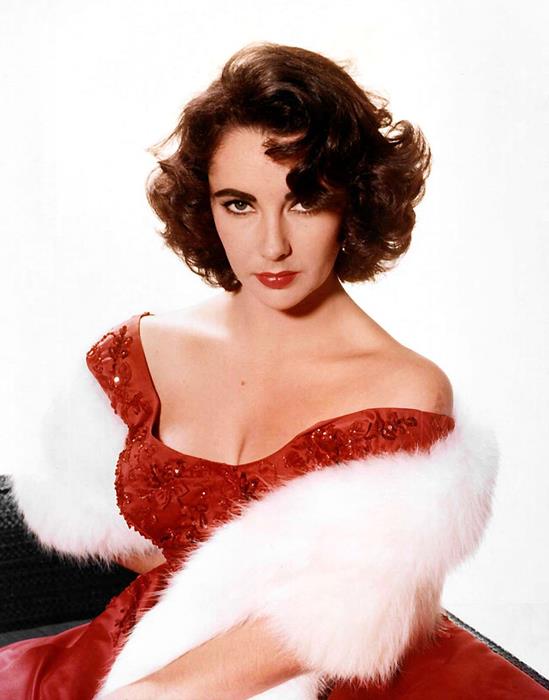
Elizabeth Taylor was known for her striking beauty and considerable acting prowess. She became a prominent figure in the Hollywood film industry with performances in A Place in the Sun and Cat on a Hot Tin Roof.
Audrey Hepburn

Charming and elegant, Audrey Hepburn brought sophistication to her roles. She won an Oscar for her performance in Roman Holiday and continued to captivate audiences in films like Sabrina.
Doris Day

Renowned for her wholesome image, Doris Day excelled in musicals and comedies during the 1950s. She was a beloved figure in Hollywood and a talented actress despite never winning an Oscar.
Jane Russell
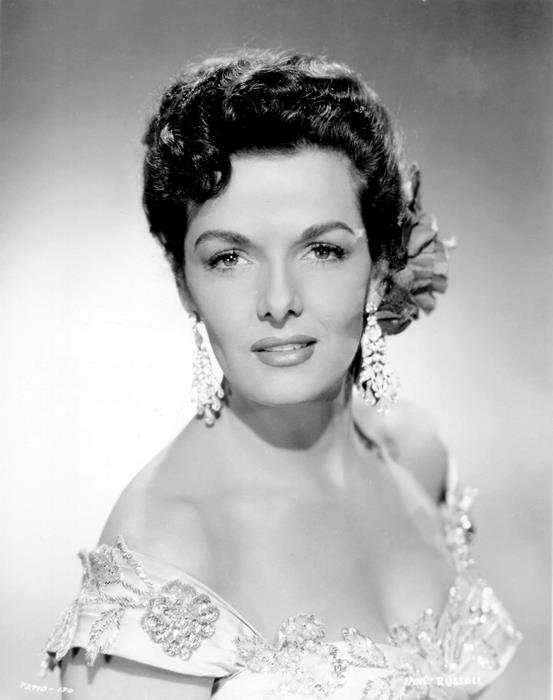
Jane Russell showcased her acting variety, from musicals to dramatic roles. With a magnetic screen presence, she became a notable name with performances in Gentlemen Prefer Blondes.
Kim Novak
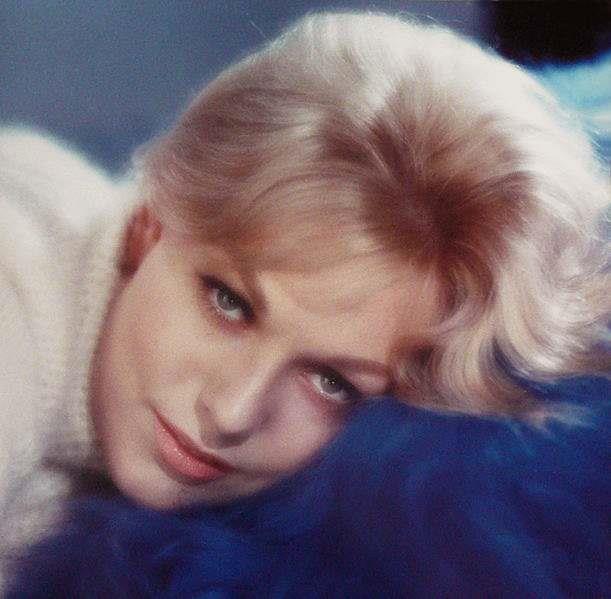
With her alluring on-screen persona, Kim Novak rose to fame with Alfred Hitchcock's Vertigo. She was one of the most popular film stars of the late 1950s.
Shirley Maclaine

Shirley Maclaine started her career in the 1950s and quickly established herself with her Academy Award-nominated performance in Some Came Running.
Joan Crawford
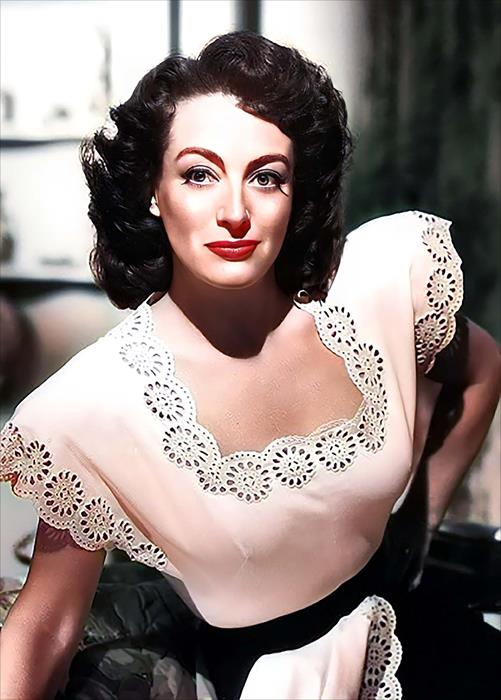
A veteran actress in the '50s, Joan Crawford continued to captivate audiences. She received an Oscar for her role in Mildred Pierce and proved her enduring talent in the film industry.
Bette Davis

Bette Davis's career spanned several decades, but she remained a formidable presence in the 1950s with films like All About Eve. Her intense and formidable acting style earned her two Oscars earlier in her career.
Dorothy Dandridge

Dorothy Dandridge was a groundbreaking African American actress whose performance in Carmen Jones led to the first Academy Award nomination for Best Actress for an African American woman in a leading role.
Cinematic Trends and Genres
The 1950s marked a dynamic shift in film genres and narrative styles, fostering the emergence of new types of storytelling that shaped the movie-going experience. Iconic actresses of the era not only graced the big screen but also became synonymous with the genres that defined the decade.
Rise of Musicals and Romantic Comedies
Musicals blossomed during the 1950s, harnessing bright colors, song, and dance to captivate audiences. Productions like Gentlemen Prefer Blondes and How to Marry a Millionaire showcased the comedic prowess and charm of actresses such as Marilyn Monroe, who became emblematic of the era's romantic comedies and musicals. These films provided an escape from the decade's conservative norms, offering stories of love, ambition, and whimsy that still resonate today.
- Musicals: Spectacle and sound were cornerstones, with grandiose sets and orchestration.
- Romantic Comedies: Witty scripts and charming leads typified the genre, reinforcing the decade's brighter aspects.
Suspense Thrillers and Dark Dramas
Conversely, the celluloid fabric of the '50s was also woven with the threads of suspense thrillers and dark dramas. Reflecting the era's underlying anxieties, films like Anastasia presented intense narratives, highlighting the dramatic talents of actresses such as Ingrid Bergman. Earlier in the decade, Casablanca had set the tone for wartime romance steeped in suspense, a formula that continued to thrive. Together, these genres illuminated the complexity of human emotions and societal challenges, often through stark, shadow-laden cinematography and tightly wound narratives.
- Suspense Thrillers: Characterized by high stakes and emotional intensity, often with a psychological edge.
- Dark Dramas: Explored moral dilemmas and the darker side of human nature.
The juxtaposition of light-hearted escapism with narratives that delved deeper into the human psyche reflects the multifaceted nature of the 1950s film landscape.
Critical Acclaim and Awards
The 1950s gave rise to many actresses who garnered critical acclaim and numerous awards. Among them, Susan Hayward stands out, having won an Academy Award for "I Want to Live!" in 1958. She demonstrated her acting prowess in a decade that was rich with competition in the film industry.
| Actress | Award | Year | Film |
|---|---|---|---|
| Susan Hayward | Academy Award | 1958 | I Want to Live! |
The Academy Awards, popularly known as the Oscars, served as a primary marker of excellence in performance. Actresses of this era were judged and recognized for their craftsmanship and ability to captivate audiences. Audrey Hepburn was another luminary of the time, securing multiple Oscar nominations for performances in "Roman Holiday," "Sabrina," and "The Nun's Story."
The Golden Globe Cecil B. DeMille Award was not an annual fixture but served as a lifetime achievement acknowledgment reflecting an individual's impact on the world of entertainment. This prestigious award underlined an actor or actress's lasting influence on the industry.
The era was punctuated by actresses who not only achieved critical acclaim but also became symbols of the times. They set benchmarks for future generations of actors, defining what it meant to lead a film with elegance and authenticity. Awards during this time held a poignant significance, as they recognized the talent of women during an epoch when Hollywood was still very much male-dominated. These actresses’ legacies are still celebrated for their enduring contribution to cinema's golden age.
Film Studios and their Starlets
In the 1950s, the landscape of American cinema was largely shaped by the relationship between film studios and their contracted actors. Studios like MGM, Paramount, Columbia, and Warner Brothers built their successes on the talents of actresses who became the faces of countless classic films.
MGM and its Contract Stars
Metro-Goldwyn-Mayer (MGM) was known as the titan of the studio system, with an impressive roster of actresses. Elizabeth Taylor rose to fame through MGM, with breakout roles in films like "Father of the Bride." Another MGM starlet, Grace Kelly, delivered memorable performances in "High Noon" and later won an Academy Award for "The Country Girl" before becoming Princess of Monaco.
Paramount's Brightest
Paramount Pictures showcased some of the era's most talented stars. Audrey Hepburn graced the screen in Paramount's "Roman Holiday," earning her an Oscar for her performance and establishing herself as a fashion icon. Meanwhile, Brigitte Bardot became an international symbol of female allure after appearing in "And God Created Woman."
Columbia's Success Stories
Under Columbia Pictures, actresses like Rita Hayworth became household names. Hayworth's role in "Gilda" cemented her status as a bombshell of the 1950s. Another of Columbia's triumphs was Kim Novak, who was celebrated for her performance in films such as "Vertigo."
Warner Brothers' Leading Ladies
Warner Brothers' roster included actresses such as Lauren Bacall, who brought a sense of bold sophistication to the screen. Bette Davis, an actress with remarkable range, became known for performances that brought depth to complex characters in films like "All About Eve."
The Enduring Influence of 1950s Actresses
The actresses of the 1950s played pivotal roles in shaping the Golden Age of Hollywood, impacting cinema, fashion, and societal norms of the era. Their contributions continue to resonate in contemporary culture, inspiring a myriad of works and recognitions.
Legacies and Late Careers
Many actresses from the 1950s solidified their statuses as cinematic icons through the American Film Institute (AFI). Their performances not only garnered Academy Awards during their heyday but often resulted in lifetime achievement recognitions that underscored their lasting impact on the industry. Actresses like Audrey Hepburn and Elizabeth Taylor transitioned from their initial success into careers that spanned decades. They navigated the evolution of Hollywood while maintaining a strong presence on screen and in the hearts of audiences worldwide.
Documentaries and Biopics
The influence of 1950s actresses has been chronicled in numerous documentaries and biopics, allowing new generations to discover their stories. These films often delve into the actresses' monumental roles in the Golden Age of Hollywood and their personal lives, which remain subjects of fascination. Documentaries like "Becoming Audrey" and biographical films such as "My Week with Marilyn" testify to their enduring allure, bringing to life the triumphs and trials of these legendary figures for today's viewers. Through these mediums, the essence of their contributions to cinema and culture is perpetuated.
Beyond the Camera
The leading actresses of the 1950s were celebrated for their glamorous roles on the silver screen, but their lives away from the camera were filled with personal endeavors, and often, the struggle with serious issues, as well as their transition into other forms of entertainment.
Charitable Work and Personal Struggles
Many actresses of this era were known for their humanitarian efforts. For instance, some were active in cancer research fundraising, understanding the impact of the disease on countless lives. Off the screen, their personal struggles often mirrored the same battles faced by their fans, demonstrating that fame provided no shield against life’s challenges.
Involvement in Television and Stage
The transition to television was a significant career move for some of Hollywood's leading ladies of the 1950s. Expanding their craft beyond film, actresses found new opportunities and audiences in TV shows and stage productions. Notably, some embraced the theatrical scenes in London, leveraging the platform to display versatility and gain international acclaim. Likewise, a few ventured into unexpected arenas, with appearances in magazines like Playboy, showcasing a different facet of celebrity beyond traditional Hollywood expectations.
Fashion and Cultural Impact
The 1950s was a definitive decade for fashion in cinema, where actresses not only captivated audiences with their performances but also set trends that transcended the silver screen. Hollywood glamour was epitomized through both attire and the personas of its leading ladies.
Evolving Fashion of the 1950s
The era was marked by iconic looks that have since become timeless. Actresses like Audrey Hepburn and Grace Kelly embodied a sense of elegance with fashion choices that featured nipped-in waists and full skirts, characteristic of the New Look pioneered by Christian Dior. These style choices highlighted a feminine silhouette that became emblematic of the decade.
Their blonde bombshell counterparts, such as Marilyn Monroe, contrasted sharply with a bold sexuality. Monroe's performance in "Gentlemen Prefer Blondes" showcased glittering gowns and sultry dresses, often complemented by her quintessential wispy voice and voluptuous figure, which have become ingrained in the cultural fabric of Hollywood fashion history.
Public Image and Private Lives
The public image of actresses in the 1950s was carefully curated. They were often portrayed as the epitome of desirability and charm, embodying both a petite figure and the deportment of a classic Hollywood actress. Their off-screen style was as influential as their on-screen presence, establishing them as icons beyond their film roles.
The brunette counterparts to the blonde icons, such as Elizabeth Taylor, offered a different kind of allure. With deep, rich hair colors and similarly sophisticated wardrobes, they brought diversity to the concept of beauty and became style icons in their own right, presenting an alternative to the blonde ideal that dominated the media landscape.
Their influence extended beyond fashion, shaping the culture of the time. Actresses became models of femininity and grace, their fashion and lifestyles scrutinized and emulated by women worldwide. This formed a bridge between Hollywood's fantasy and the reality of everyday life, making celebrities integral to the cultural zeitgeist.

